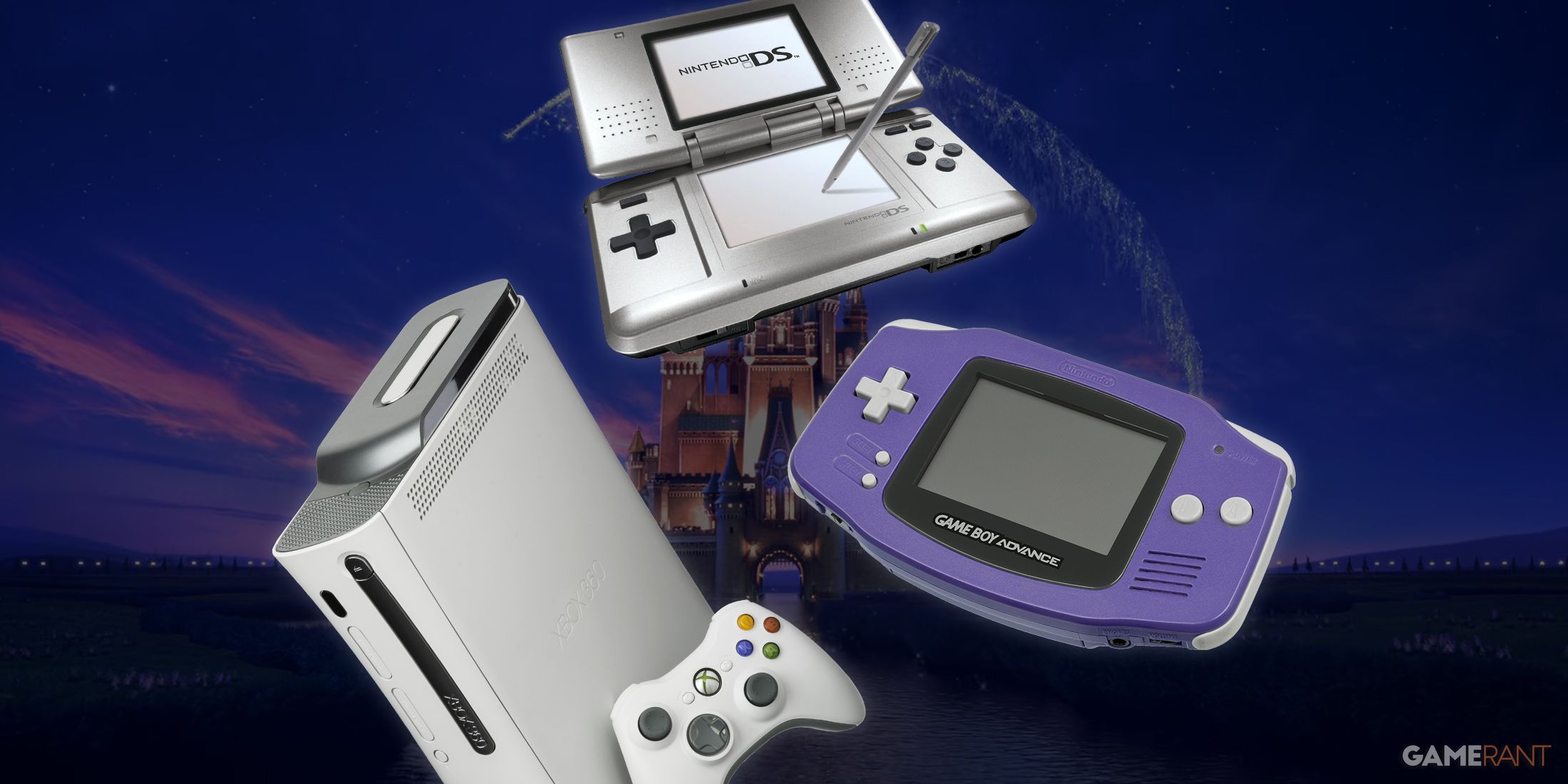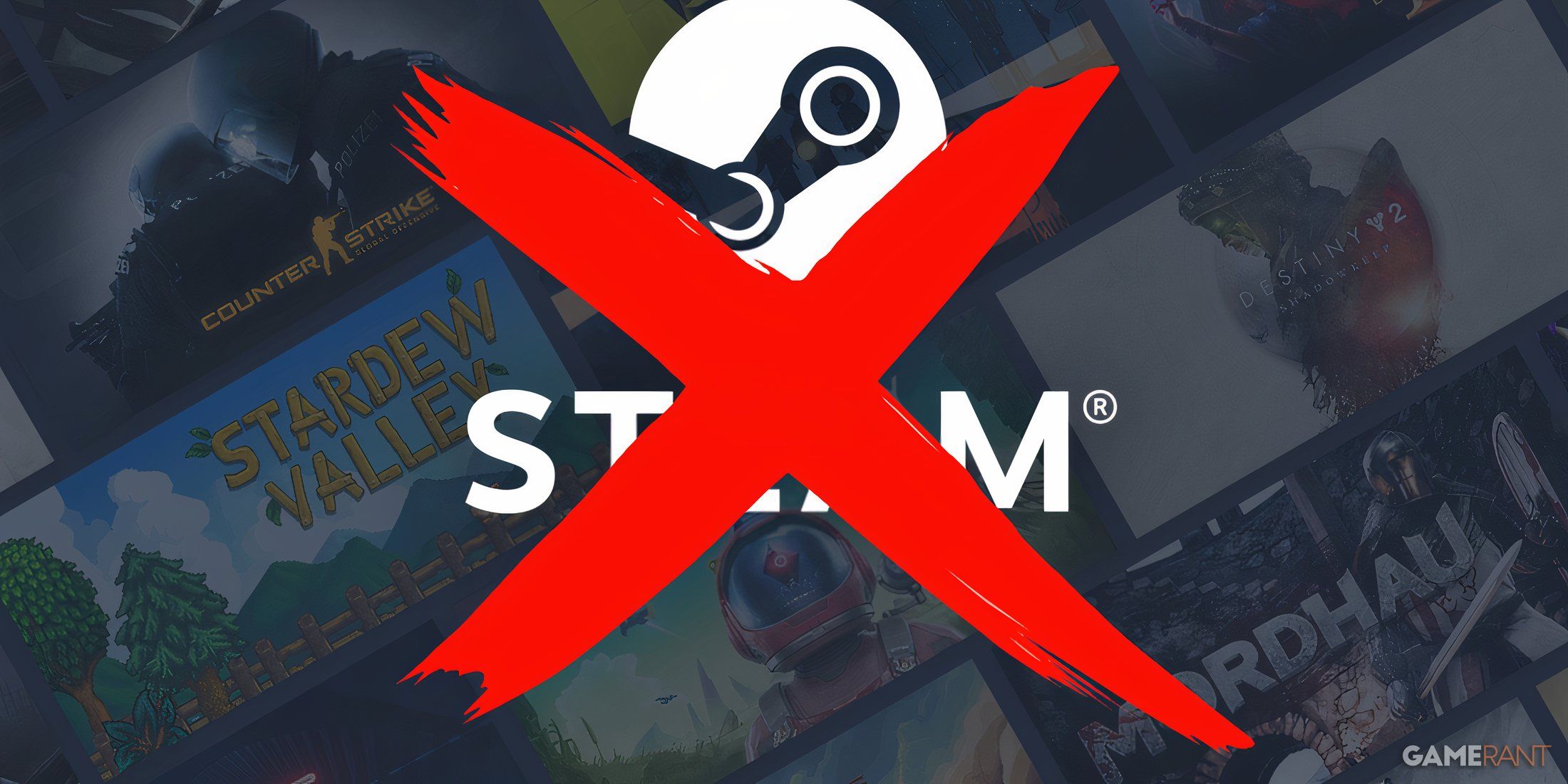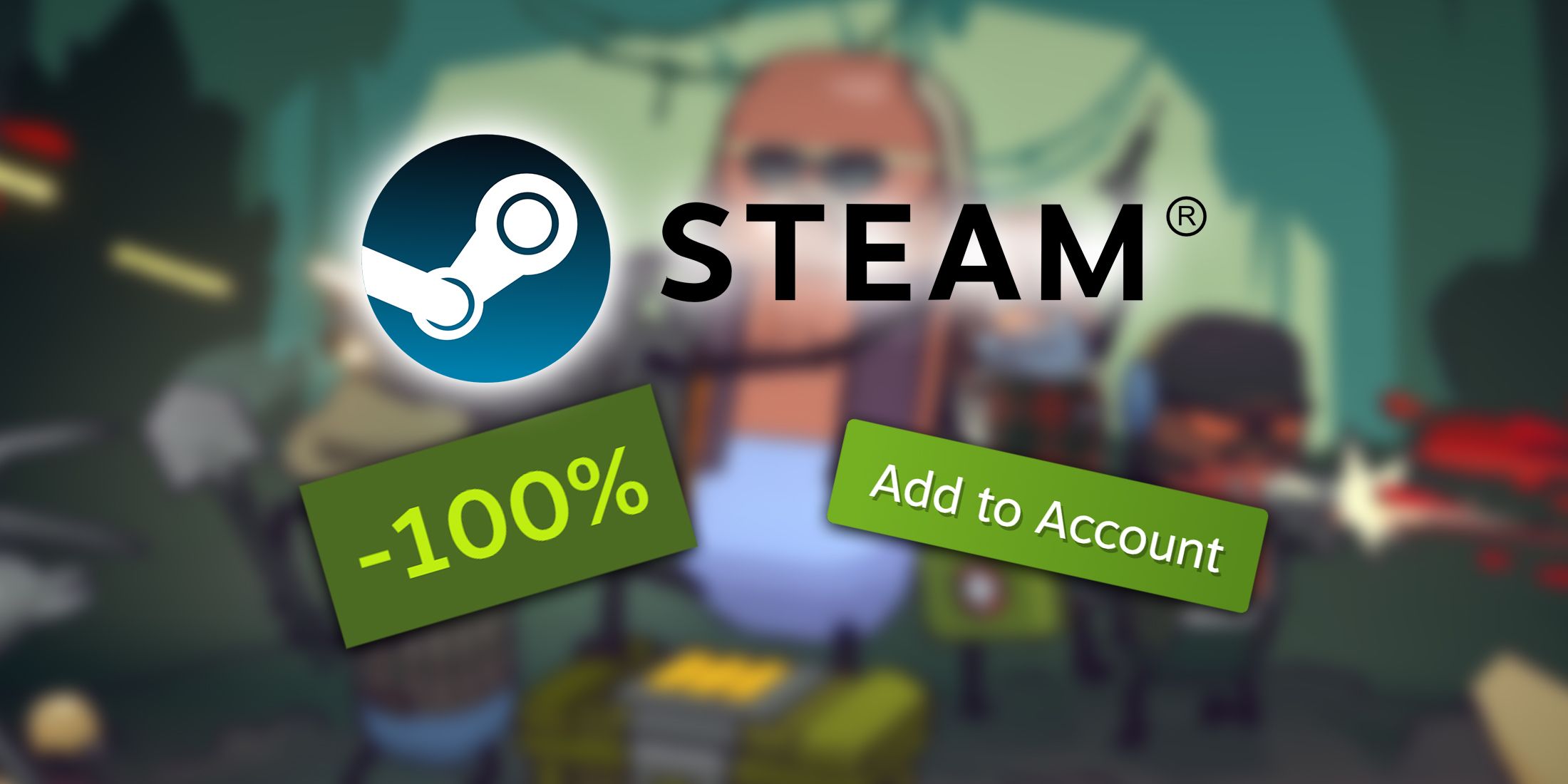Unraveling a Pixar Masterpiece: The Three Games That Tell the Full Story of “Ratatouille”
Popular Now
 FIFA 23
FIFA 23
 Rust
Rust
 God of War Ragnarök
God of War Ragnarök
 Toca Boca World
Toca Boca World
 Gacha Club
Gacha Club
 CarX Street
CarX Street
 Free Fire
Free Fire
 Warframe
Warframe
 Stumble Guys
Stumble Guys
 Fall Guys
Fall Guys  For most people, the story of Disney/Pixar’s 2007 animated classic Ratatouille is a heartwarming tale of a rat named Remy with a passion for cooking. It’s a story told in a single, feature-length film that has won critical acclaim and the hearts of millions. However, for a dedicated few, the full story of Remy’s journey is not contained in the movie alone. It’s a sprawling narrative that was spread across three different video games on three different platforms, each one telling a different and essential piece of the larger tale. This unique, cross-platform storytelling approach was a common marketing strategy for major animated films in the 2000s, but few did it as effectively as the games for Ratatouille, and almost none required players to own three different systems to get the complete picture. To truly see the full story of Remy’s adventure, players had to own a Nintendo DS, a Game Boy Advance, and a home console like the PlayStation 2 or Xbox 360.
For most people, the story of Disney/Pixar’s 2007 animated classic Ratatouille is a heartwarming tale of a rat named Remy with a passion for cooking. It’s a story told in a single, feature-length film that has won critical acclaim and the hearts of millions. However, for a dedicated few, the full story of Remy’s journey is not contained in the movie alone. It’s a sprawling narrative that was spread across three different video games on three different platforms, each one telling a different and essential piece of the larger tale. This unique, cross-platform storytelling approach was a common marketing strategy for major animated films in the 2000s, but few did it as effectively as the games for Ratatouille, and almost none required players to own three different systems to get the complete picture. To truly see the full story of Remy’s adventure, players had to own a Nintendo DS, a Game Boy Advance, and a home console like the PlayStation 2 or Xbox 360.
The different versions of the game were not just simple ports of the same content; they were entirely different experiences designed to be played on a specific platform. The home console version was a traditional 3D platformer, the Nintendo DS version was a blend of 2D platforming and stylus-based mini-games, and the Game Boy Advance version was a top-down, 2D action-adventure game. Each game took the core story of the film and expanded upon it, providing new characters, new environments, and new narrative details that filled in the gaps. This fragmented approach to storytelling, while frustrating for completists, created a unique and often memorable experience for players who were dedicated enough to play all three versions. It was a golden era for licensed tie-in games, and Ratatouille stands as one of the best examples of a studio using the gaming medium to its fullest potential, even if it meant forcing players to buy a lot of different consoles.
 The Three Flavors of “Ratatouille”
The Three Flavors of “Ratatouille”
To fully understand the sprawling story of Ratatouille, you would have to play three distinct games. Each one had its own unique style, gameplay, and a slightly different take on the core narrative:
- The Home Console Version: The version released on PlayStation 2, PlayStation 3, Xbox 360, Wii, and PC was the most traditional of the three. It was a 3D platformer where you played as Remy, navigating the sewers of Paris, avoiding humans, and collecting food. The game followed the movie’s plot fairly closely, but it added a number of new levels and side quests that expanded on Remy’s life before and during his time at Gusteau’s. This version was a classic, with a focus on exploration and fun platforming mechanics.
- The Nintendo DS Version: The DS version took a very different approach. It was a 2D side-scrolling platformer with a number of unique mini-games that utilized the console’s touch screen. The game’s story was a slightly abridged version of the film, but it introduced new characters and challenges that were not present in the other versions. The mini-games, which involved things like cooking and racing, were a core part of the experience and gave the game a distinct identity.
- The Game Boy Advance Version: The GBA version was a top-down, 2D action-adventure game that took a more linear approach to the story. The game focused on a series of stealth missions and puzzles, where you had to use Remy’s sense of smell to navigate the world and avoid detection. This version, while the most simplistic in terms of gameplay, had its own unique charm and provided a different perspective on the film’s events.
 A Lost Era of Gaming and What It Means Today
A Lost Era of Gaming and What It Means Today
The practice of creating multiple, distinct versions of the same game for different platforms has largely fallen out of favor in the modern gaming landscape. With the rise of powerful, cross-platform engines and the demand for a unified experience, it’s a practice that is now seen as both inefficient and anti-consumer. However, in the 2000s, it was a creative and often necessary part of the industry. It allowed developers to create games that were uniquely tailored to a specific piece of hardware, and it gave players a chance to experience their favorite films in a way that was new and exciting. The fact that a game like Ratatouille had three completely different versions is a testament to the creative freedom and ingenuity of that era.
Today, the games for Ratatouille are a nostalgic relic of a bygone era. While they may not be as accessible as they once were, their legacy lives on as a fascinating example of cross-platform storytelling. The games’ existence is a reminder that there was a time when licensed tie-in games were more than just a quick cash-grab; they were a chance to explore a beloved world in a new and unexpected way. For those who grew up playing these games, the full story of Remy’s journey is not just a film; it’s a multi-layered narrative that spans three different platforms and countless hours of fun. It’s a story that is now, more than ever, a testament to the creativity of the developers who worked so hard to bring a little rat with a dream to life.








 The Three Flavors of “Ratatouille”
The Three Flavors of “Ratatouille” A Lost Era of Gaming and What It Means Today
A Lost Era of Gaming and What It Means Today